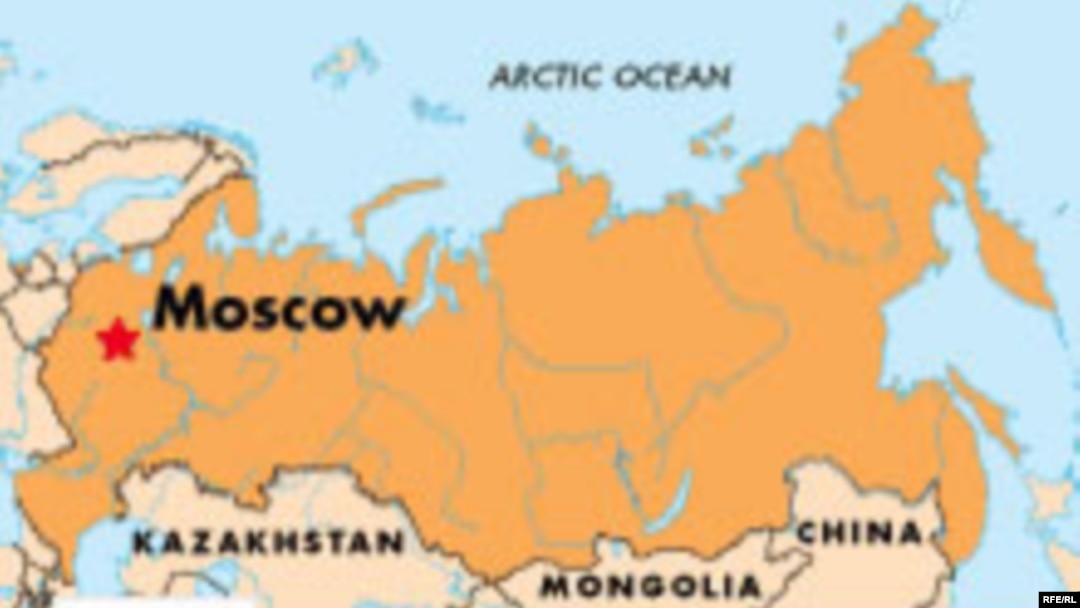Recently, Health and Social Development Minister Mikhail Zurabov reported to the State Duma about the demographic crisis and what the government proposes to do about it.
Addressing the lower house of parliament on 22 February, Zurabov said that Russia's population has been shrinking steadily since the beginning of the 1990s. Between 1993-2005, the population decreased by 4 percent, or 5.8 million people. In 2005 alone, Russia's population declined by 735,500.
Causes
The main factors contributing to the population decline are a very low birth rate, very high mortality rate, short life expectancy, and a growing number of deaths from "unnatural causes." Russia's crude deathrate (the total annual number of deaths per 1,000 people) has reached 16. In comparison, the rate in the European Union is 5, in the United States 6.5, and in Japan 3.4.
Zurabov told parliament that of the over 150,000 people a year in Russia who die from "unnatural causes," 46,000 were suicides, 40,000 were killed in traffic accidents, 36,000 suffered alcohol poisoning, and 35,000 were murdered.
Zurabov also noted the high maternal mortality rate -- 23.4 per 100,000 mothers -- and an infant mortality rate of 11 per 1,000 births, compared with 8 in the United States and 5 in the EU.
The high number of abortions carried out in Russia also contributes to the low birth rate, although this figure has declined sharply from Soviet times. In 2005, according to official statistics, Russian women had 1.6 million abortions, although unofficial estimates put this number as high as 4 million.
Although statistics vary, Russia's male life expectancy is around 58 years for men and 72 for women. For this reason, 30 percent of Russians -- in particular men -- do not reach the beginning of their pension age, Zurabov noted.
Likely Measures
So what can Russia do to reverse its population decline?
It looks unlikely that the phenomenon will correct itself. Russia's current birth rate of 1.34 children per woman of fertile age is considerably less than the 2.14 children required to turn around the trend. There was a brief respite in 2005, with an increase in the number of births. This was due to the larger number of girls born in the 1970s-1980s who were then bearing children.
Some Russian experts have suggested that the sharp depopulation is the result of the political and economic cataclysms of the 1990s. They say that liberal economic reforms were badly planned and implemented, and this led to societal insecurity and thus to families having less children.
Others have argued that Russia's decline is part of a wider trend, with even the prosperous countries of the European Union and Japan witnessing a declining birth rate and, consequentially, depopulation. Many Russian experts have stressed that the birth rate is not necessarily linked to living standards but also depends on values and societal outlook.
Some have suggested that a liberal immigration policy could address the population decline. But Zurabov, speaking to parliament, said that this proposed policy is unrealistic. Last year, he said, Russia's official migrant population increased by only 107,000 -- not enough to reverse the trend. The size of this migrant population is likely to be much higher, however, with some estimating that Russia could be home to 5-10 million illegal immigrants.
To cope with the depopulation, Zurabov suggested stimulating the birth rate, reducing infant mortality rates, and enhancing the reproductive health and quality of life of the population. The minister cited the Soviet experience: "In 1981-1987, the USSR managed to get an extra 1.5 million children."
By May, Zurabov said his ministry will prepare a new demographic development concept. The document will set out national goals such as increasing the average national life expectancy and increasing the birth rate. But just how the ministry plans to do that remains unclear.
Zurabov's proposals were supported by Tatyana Yakovleva (Unified Russia), the chairman of the Duma health commission. She said that if Russia can reduce its deaths from cardiac and oncological diseases to EU levels, average life expectancy would rise byover6 years. She also called for the improvement of pediatric health care and for the increase of the child-birth allowance by the end of 2006 to 10,000 rubles ($357).
Other Duma deputies were unimpressed by Zurabov's report. Vladimir Nikitin (Motherland) said that the reasons for the low birth rate and high mortality rate are identical -- the low living standards of 80 percent of the population. Nikolai Kurilovich (Liberal Democratic Party of Russia) said that the state should take better care of children from divorced families and pay them alimonies. And Nina Ostakina (Communist Party) pointed out that during the time Zurabov had taken to present his report, 340 people had died in Russia.


